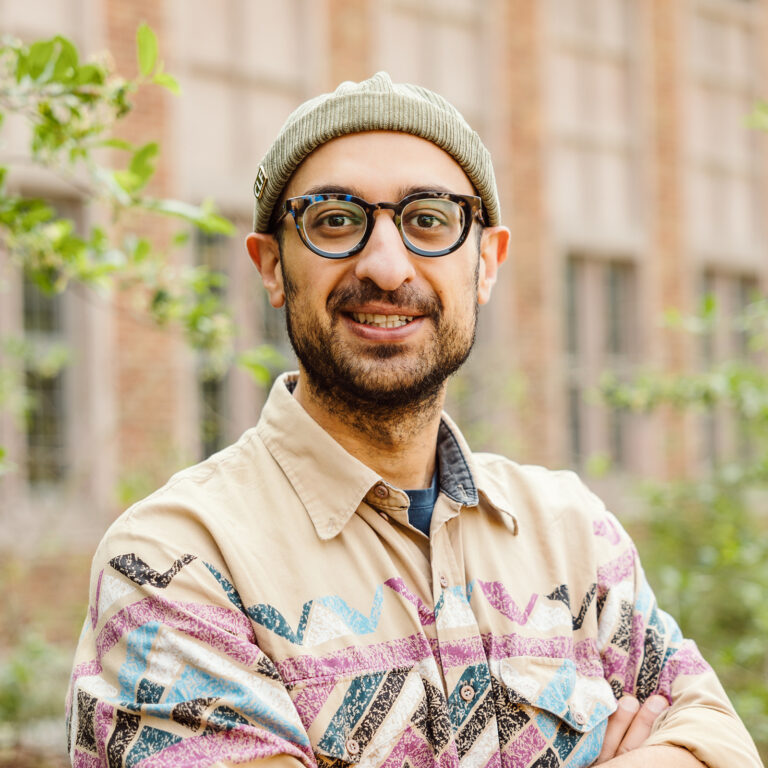
by Milad Ashtiani, Researcher, Carbon Leadership Forum
There are about 4 million miles of public roads in the US. That’s approximately 8.3 million ‘lane-miles’. That means we can pave about 2,000 two-lane highways around the earth’s equator just by stretching out the US’s roadway network! That may explain why our annual share of asphalt concrete production in the US is about 1 ton per person – more than 90% of roads are paved with asphalt.
I joined the CLF last year with these staggering numbers floating around my head. My goal was to help CLF expand its research on embodied carbon in buildings and bring other pieces of the built environment into the game, roadway infrastructure in particular. My first involvement is highlighted in our recently published research report funded by the Washington State Department of Transportation (WSDOT) that showed the embodied carbon of materials used to build WSDOT-owned roads dominates its GHG emissions inventory.
Our message is clear. To tackle climate change, we need to act now and reduce the embodied carbon of materials we use to build things. Buildings are and have been at the forefront of our attention. It’s now time to think more broadly and consider our built environment as a whole. The federal and local governments recognized the fact and started to act. Federal Highway Administration (FHWA) announced a number of initiatives on last year’s Earth Day to combat climate change. Most relevant to roadway construction and pavements, FHWA issued a Climate Challenge and provided research funding to 25 states with the goal to explore the use of LCA and EPDs as standard practice in material selection and design. WSDOT is among the awardees.
The CLF in collaboration with the Civil and Environmental Engineering Department at the UW is now conducting the research for WSDOT. Our goals in this research are to 1) improve LCA and embodied carbon literacy among different stakeholders, 2) collect data (including EPDs) from five candidate paving projects to inventory their embodied carbon, and 3) draft specification language for including EPDs as part of contracts.
Participation in Climate Challenge magnifies the continued involvement of CLF in expanding its research beyond buildings and I’m glad to be part of this trend. Plus, I’m super excited to go out in the field and visit projects this summer, hopefully with the touch of a summer breeze!
Enjoy the sunshine, happy travels, and drive safely around work zones!
All the best,

Milad

Milad Ashtiani is a civil engineer with a PhD from the University of Washington, responsible for the execution of research and analysis, development of guidance documents and educational resources, and outreach across the design community to improve the quality, accuracy, and effectiveness of building performance tools, methods and data that address embodied carbon. As a building and materials researcher, he works collaboratively with CLF’s internal research team as well as with architecture and engineering firms and research consortiums across North America with a focus on building performance, computation, embodied carbon assessments, and life cycle assessment (LCA).